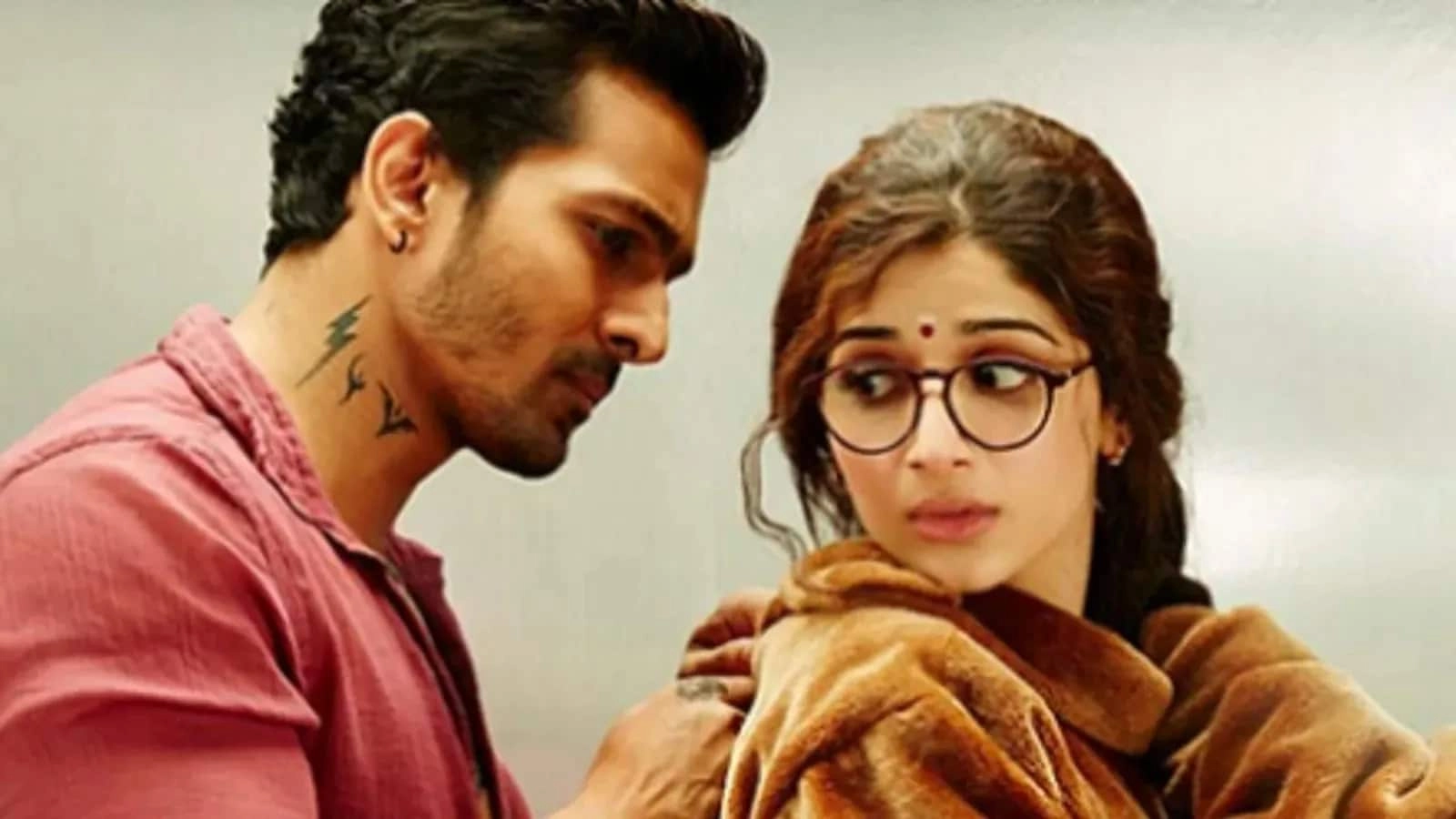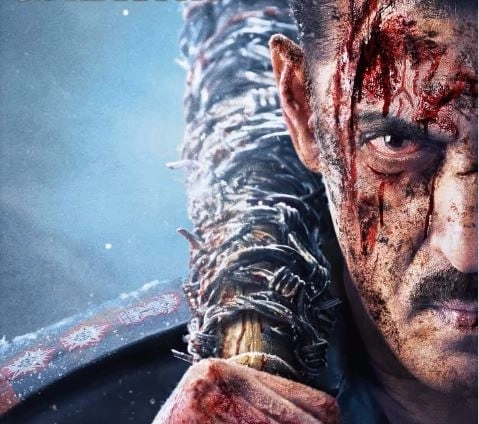Harshvardhan Rane has made headlines recently after declining an offer to star in the sequel of the film “Sanam Teri Kasam,” which would have featured Pakistani actress Mawra Hocane. This decision comes amidst rising tensions between India and Pakistan, and Rane’s choice reflects a growing sentiment among artists and actors regarding cross-border collaborations in the current political climate. The film industry has often been a space where cultural exchanges occur, but recent geopolitical developments have led to a more cautious approach towards such collaborations.
Rane’s refusal to participate in the project has sparked discussions about the impact of political relations on the entertainment industry. Many actors and filmmakers are now weighing the implications of working with talent from across the border, especially given the historical context of India-Pakistan relations. In the past, several projects have faced scrutiny and backlash from audiences and political groups, resulting in a hesitance to engage in cross-border artistic ventures. Rane’s decision may resonate with many in the industry who feel that the current atmosphere makes it difficult to prioritize artistic expression over national sentiments.
On the other hand, Mawra Hocane expressed disappointment over the turn of events. She has previously worked in Bollywood, and her collaborations with Indian artists have been well-received. The cancellation of this project not only affects the careers of the actors involved but also underscores the broader implications of political tensions on cultural relationships between the two nations. As both countries navigate their complex histories, the arts often serve as a bridge for communication and understanding. However, the increasing volatility in diplomatic relations can hinder these efforts, leading to missed opportunities for collaboration and shared storytelling.
The decision by Rane highlights the difficult balance that artists must strike between their professional aspirations and their personal beliefs regarding national identity and integrity. With the landscape of Indian cinema evolving, actors are increasingly aware of how their choices can impact their careers and public perception. As the situation continues to unfold, it remains to be seen how such decisions will shape future collaborations and whether the industry can find ways to foster artistic connections despite external pressures. In a world where art often transcends borders, the hope remains that dialogue and understanding can prevail, even in the face of adversity.




